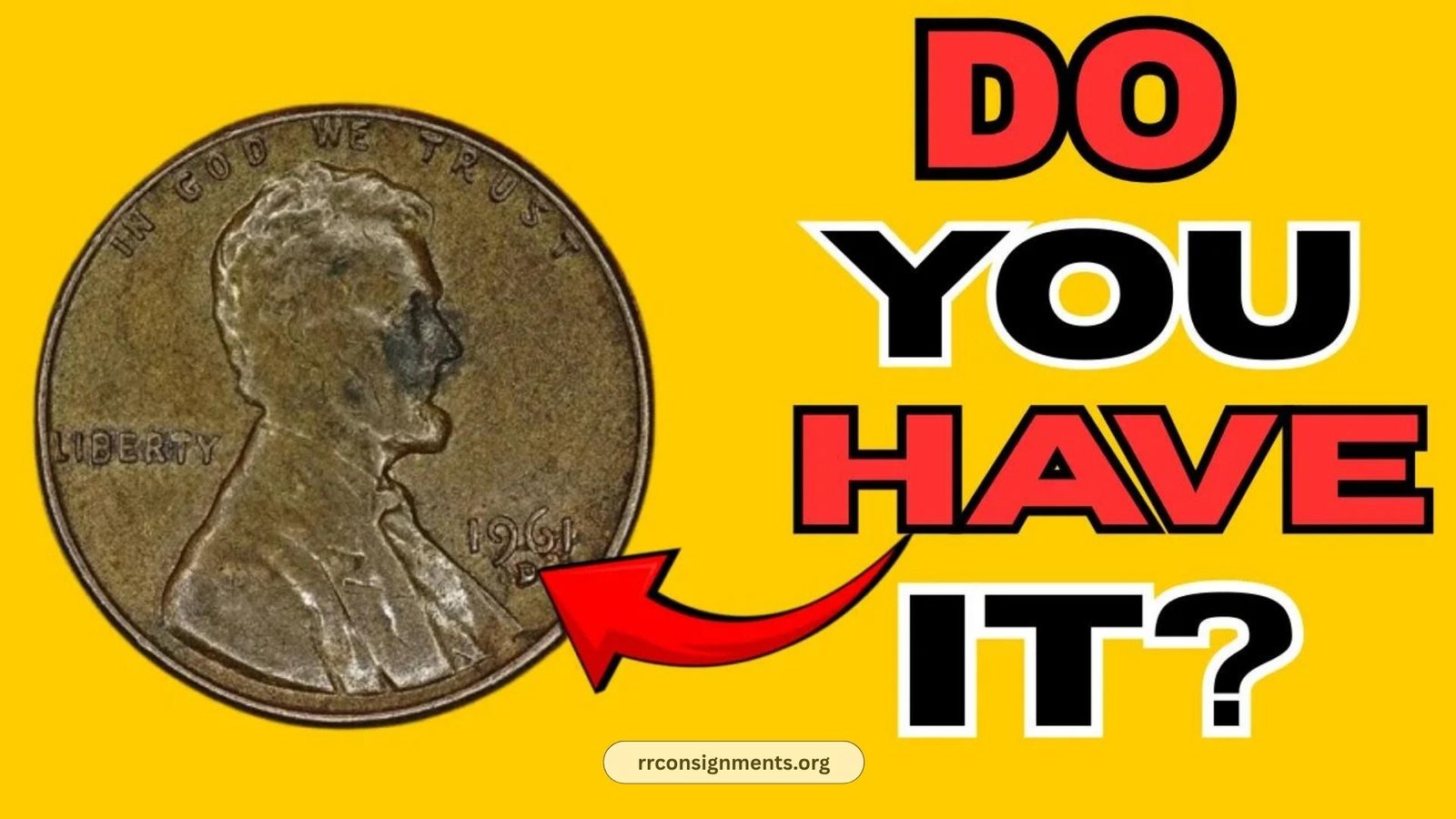The Lincoln Wheat Penny is a one-cent U.S. coin minted from 1909 to 1958. Featuring Abraham Lincoln’s profile on the front and two wheat stalks on the back, it’s a numismatic icon. But here’s the twist: certain rare versions, like the 1943 copper penny, could make you rich overnight!
Why It’s More Than Just a Penny
Most Wheat Pennies are worth a few cents, but rare varieties fetch jaw-dropping prices. Minting errors, low production runs, or pristine conditions turn these coins into treasures. The mystery? Some of these valuable coins might still be hiding in your change jar!
The Fascinating History of the Lincoln Wheat Penny
In 1909, the U.S. Mint honored Abraham Lincoln’s 100th birthday with a bold new coin designed by Victor D. Brenner. It was the first U.S. coin to feature a real person, breaking from tradition. The reverse, with its iconic wheat stalks, gave it the nickname Wheat Penny.
A Wartime Blunder Creates a Legend
During World War II, copper was scarce, so the Mint switched to zinc-coated steel in 1943. But a few copper blanks were accidentally struck, creating the ultra-rare 1943 bronze penny. Only about 20 exist, with one selling for $144,000 at auction
Why the Lincoln Wheat Penny Is Valuable Today
The Lincoln Wheat Penny captivates collectors due to its historical significance and rarity. Key dates like the 1909-S VDB or 1914-D command high prices, especially in mint condition. The thrill of finding a rare coin in circulation keeps collectors and hobbyists on edge.
A Treasure Hunt in Your Pocket
What makes this coin so exciting? It’s still legal tender, meaning a valuable penny could be in your change! Stories of people finding rare pennies in coin rolls or old jars fuel the coin collecting craze. Could you be holding a hidden fortune?
How to Spot a Valuable Lincoln Wheat Penny
Ready to hunt for treasure? Here’s how to identify a rare Lincoln Wheat Penny:
- Check the Date: Look for 1909-S VDB, 1914-D, 1931-S, or 1943 (copper).
- Inspect the Mint Mark: Found below the date (“S” for San Francisco, “D” for Denver).
- Test the Material: For 1943 pennies, use a magnet. Steel sticks; bronze pennies don’t.
- Examine Condition: Uncirculated coins with red luster are worth more.
- Look for Errors: Doubling in “LIBERTY” or “IN GOD WE TRUST” signals a valuable error.
Protect Your Find
Found a potential gem? Don’t clean it—cleaning ruins value! Store it in a protective sleeve and consult a professional grader like PCGS or NGC.
Jaw-Dropping Facts About Lincoln Wheat Pennies
- The 1909-S VDB had a mintage of just 484,000, making it a collector’s holy grail.
- A 1943 bronze penny sold for $1.7 million in 2010, far surpassing $144,000
- The 1955 Doubled Die penny shows dramatic doubling, fetching up to $180,000.
- Only 20–40 1943 copper pennies are known to exist across all mints.
- Counterfeits exist, so always verify with a magnet or professional grading.
Top 5 Valuable Lincoln Wheat Pennies
| Year | Mint Mark | Rarity Factor | Estimated Value (Mint State) |
|---|---|---|---|
| 1909-S VDB | S | Low mintage (484,000) | Up to $100,000+ |
| 1914-D | D | Low mintage (1.2M) | Up to $150,000 |
| 1931-S | S | Low mintage (866,000) | Up to $75,000 |
| 1943 | None/D/S | Bronze error | Up to $1.7M |
| 1955 | None | Doubled die error | Up to $180,000 |
Expert Tips for Coin Collectors
- Start Small: Begin with common Wheat Pennies to learn grading and spotting errors.
- Use a Magnifier: A jeweler’s loupe helps spot doubling or mint marks.
- Join a Community: Connect with numismatists via forums or local coin clubs.
- Avoid Fakes: Beware of counterfeit 1943 copper pennies; always test with a magnet.
- Get Certified: Professional grading boosts a coin’s value and authenticity.
Steel vs. Bronze 1943 Pennies
| Feature | 1943 Steel Penny | 1943 Bronze Penny |
|---|---|---|
| Material | Zinc-coated steel | Copper (bronze) |
| Color | Silver/gray | Brownish/red |
| Magnet Test | Sticks to magnet | Non-magnetic |
| Weight | 2.7 grams | 3.11 grams |
| Value | A few cents | Up to $1.7M |
FAQs About Lincoln Wheat Pennies
Q: Can I find a $144K penny in circulation?
A: Yes, it’s possible! Rare coins like the 1943 bronze penny are still out there, often in old collections or change jars.
Q: How do I know if my penny is valuable?
A: Check the date, mint mark, and material. Use a magnet for 1943 pennies and consult a grading service.
Q: Should I clean my penny?
A: Never! Cleaning reduces value. Keep it in its original state.
Q: Where can I sell a rare penny?
A: Try auction houses like Heritage Auctions, coin dealers, or online platforms like eBay.
Conclusion: Is a Fortune Hiding in Your Change?
The Lincoln Wheat Penny is more than pocket change—it’s a portal to history and potential wealth. With rare versions like the 1943 copper penny valued at $144,000 or more, the thrill of the hunt is real. Check your coins, join the coin collecting community, and share your finds! Could your next penny be a life-changer?












1 thought on “The Lincoln Wheat Penny Valued at $144K, Still in Circulation – Do You Have One?”